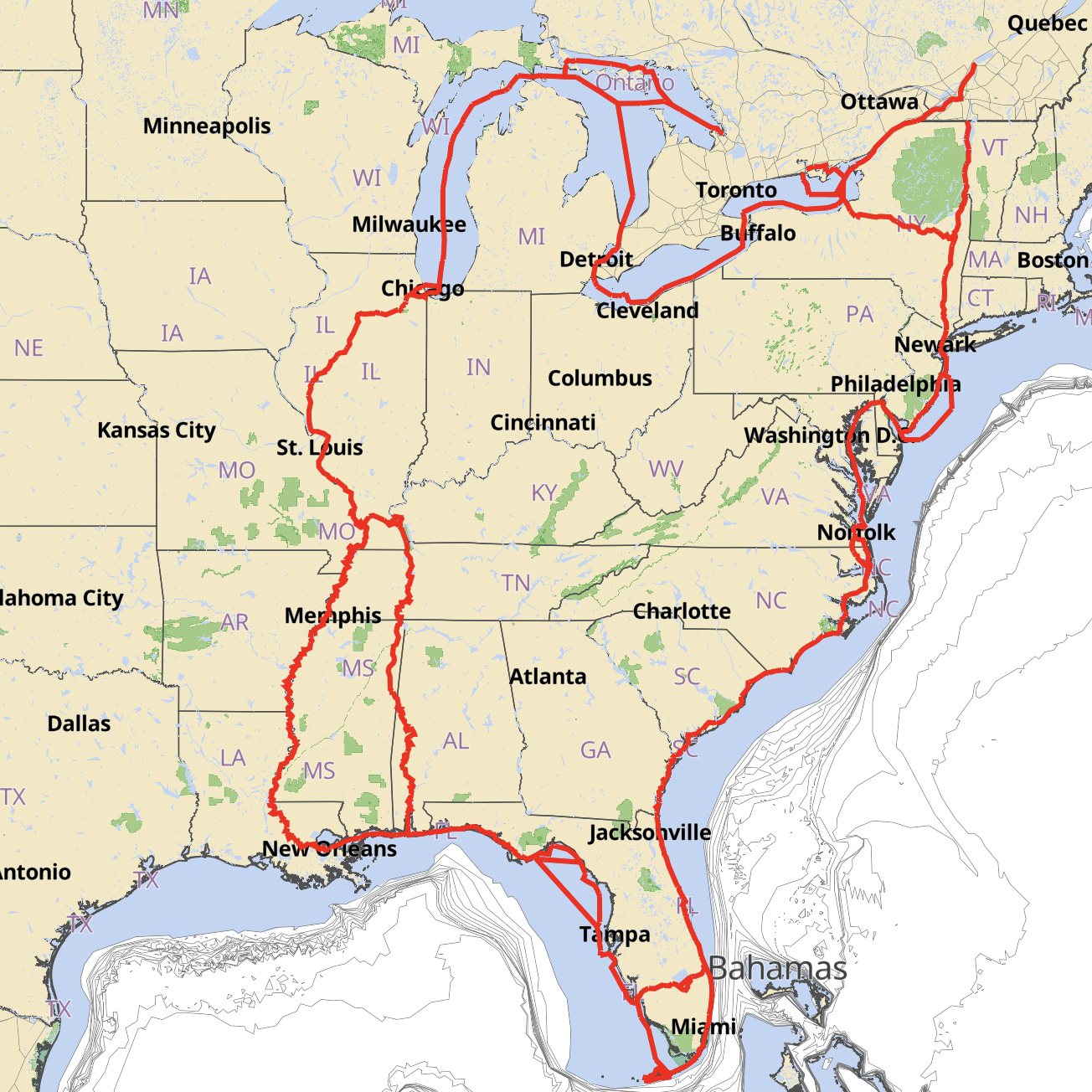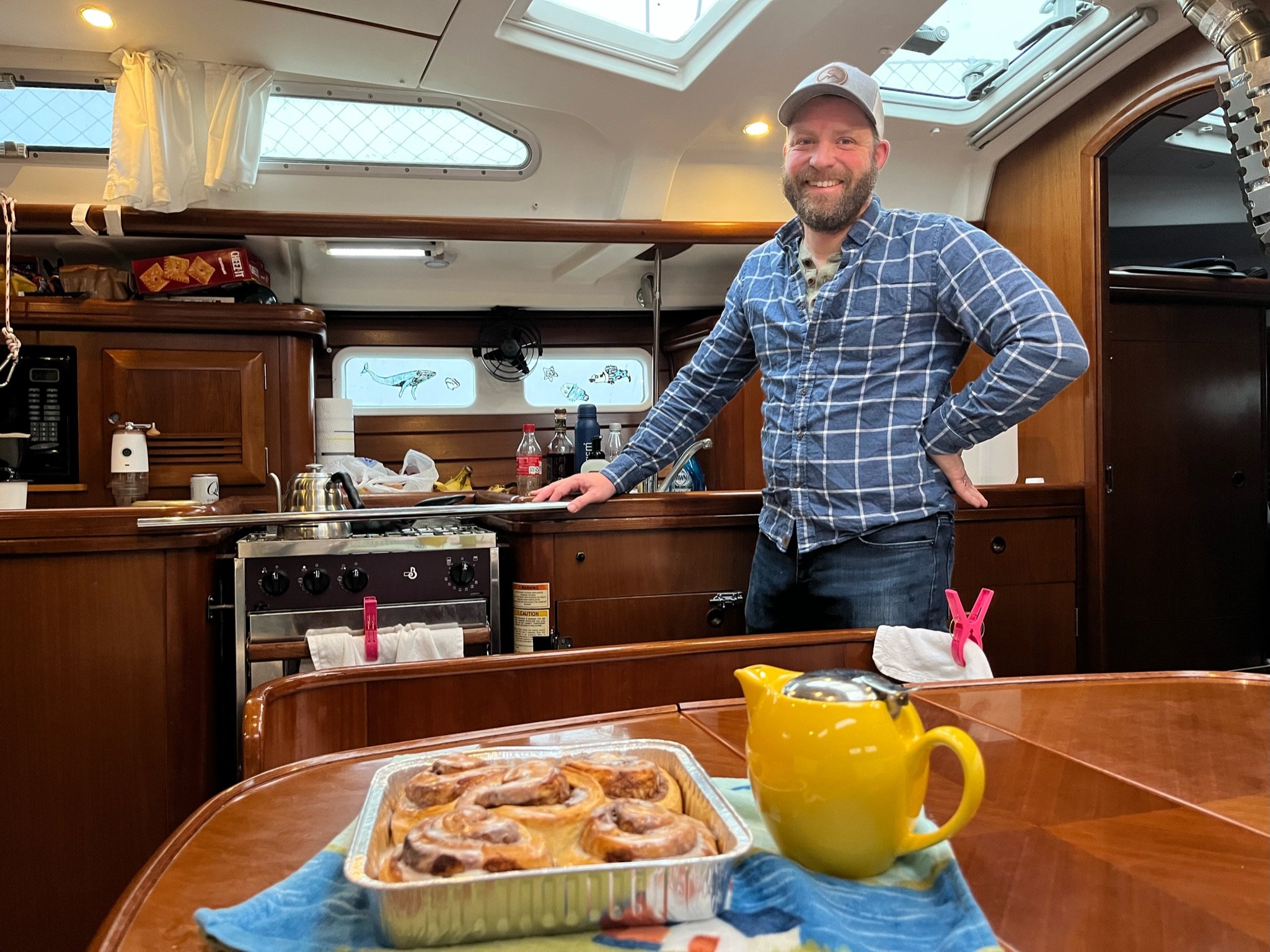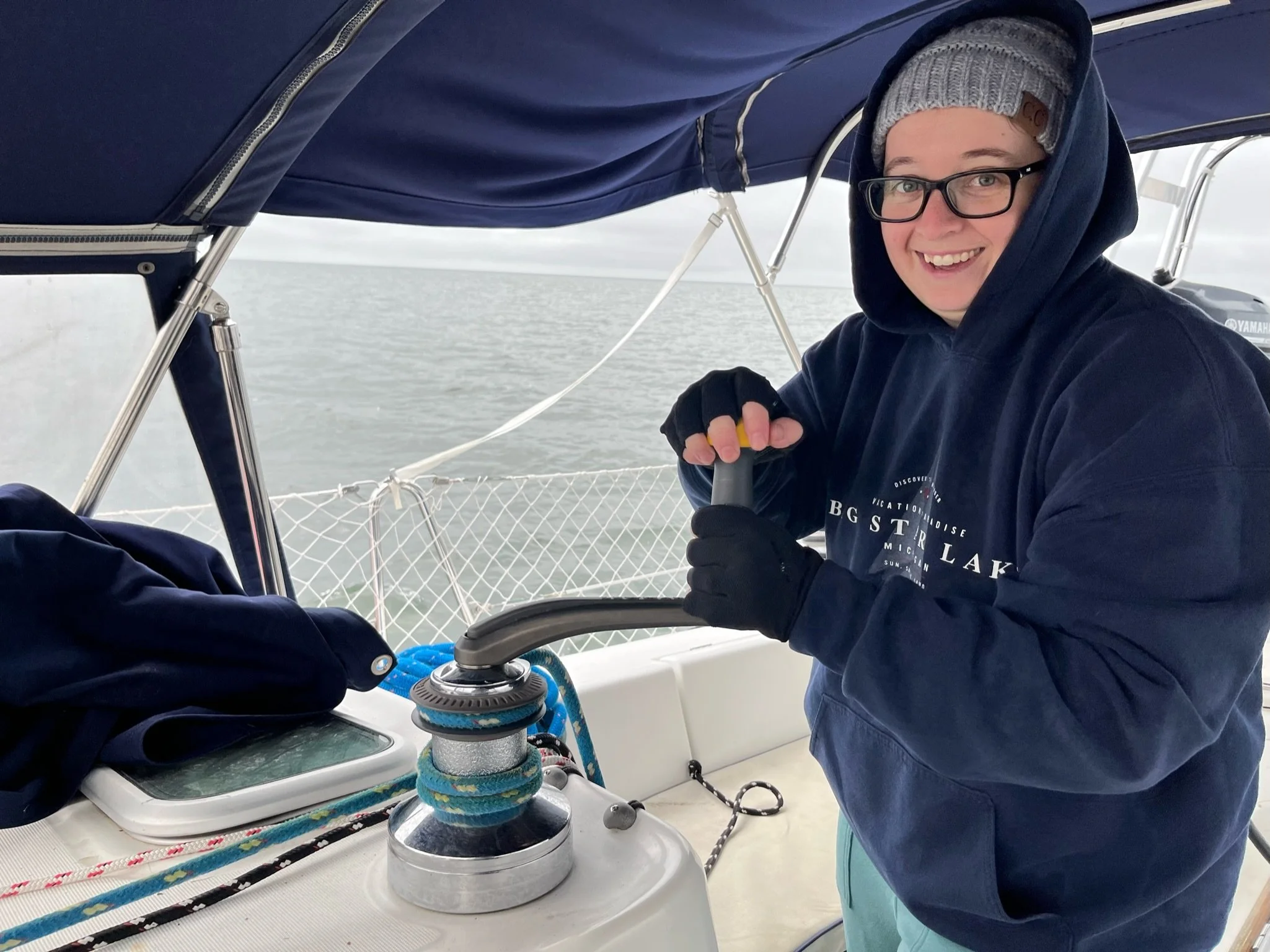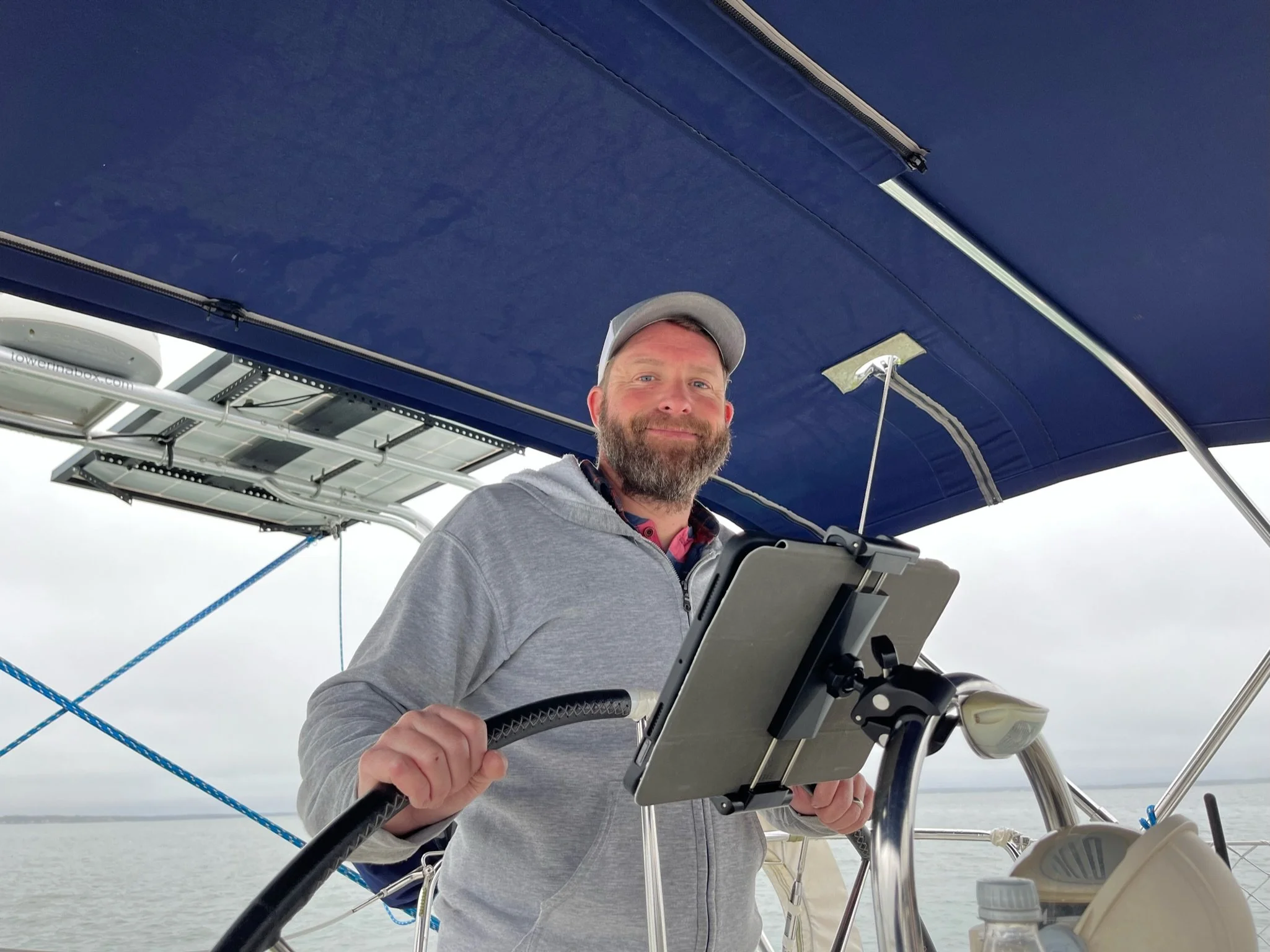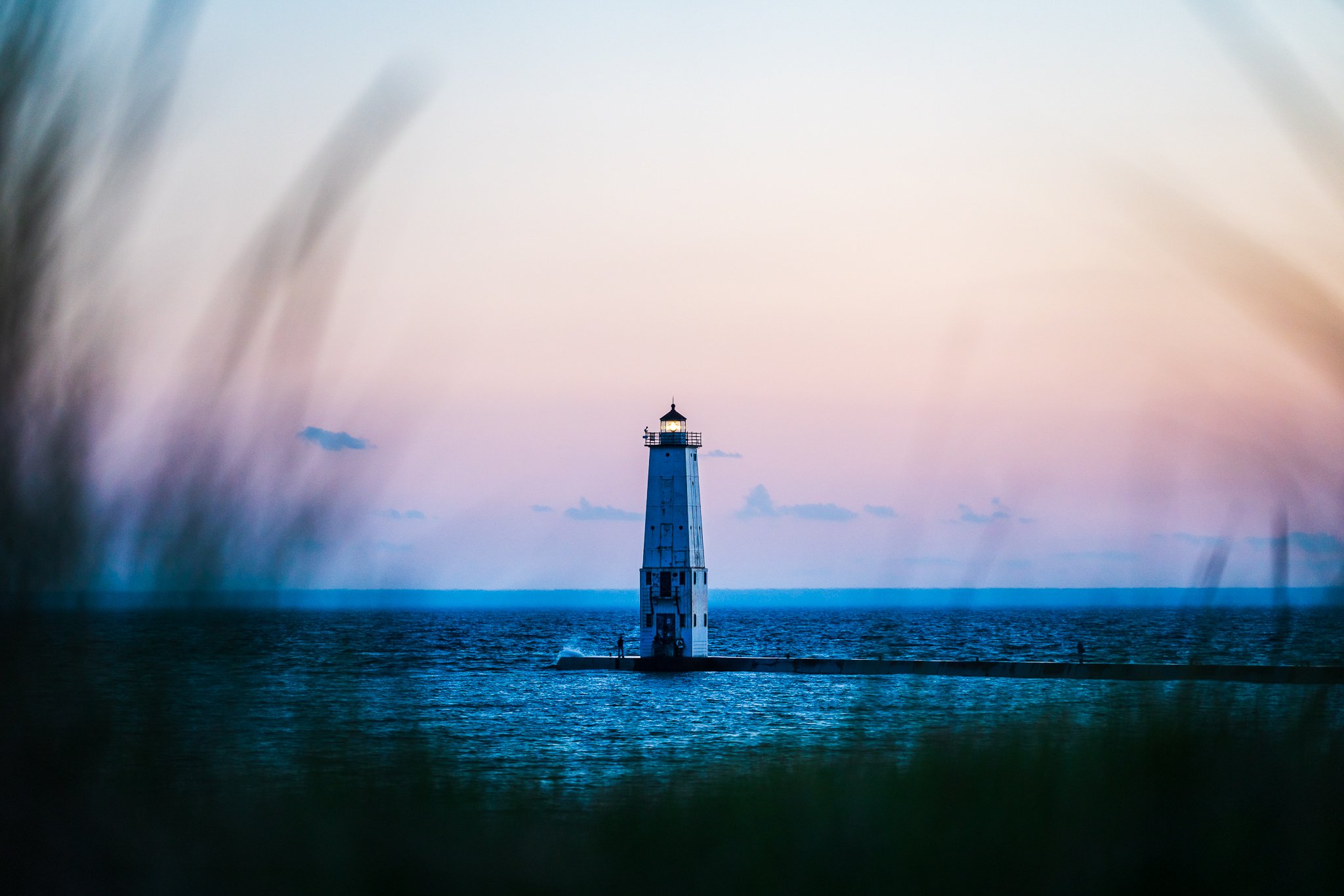
“It’s a dangerous business, Frodo, going out your door. You step onto the road, and if you don’t keep your feet, there’s no knowing where you might be swept off to.”
— Bilbo Baggins, by J.R.R. Tolkien
The Route.
The rhythm of traveling The Loop is generally done seasonally over about a year, in a counter-clockwise direction. Loopers will "spring up" the east coast, summer in the Great Lakes, "fall down" the river system, and winter in Florida.
Spring
Our journey will begin in the spring from Norfolk. The segment of the Loop from Norfolk, VA, to Sandy Hook, NJ, is about 510 miles on the Chesapeake Bay and through New Jersey. The bay is busy with commercial traffic, and we must keep our eyes open for crab pots and fish traps. The water is brackish here until we reach Annapolis. We will also need to be alert to the possibilities of jellyfish during the summer months in the lower bay.
The segment of the Great Loop from New York Harbor to Kingston, Ontario, is about 500 miles, which may bring us through the Erie and Oswego Canal systems to Lake Ontario. Our choice of waterways through New York State and into Canada will depend on our air draft; we will need to remove our mast for fixed bridges along this portion.
After we've completed most of the loop and spent our winter in the south, we'll continue up the east coast during the following spring season. We'll be cruising on the Atlantic Intracoastal Waterway (AICW) from Jacksonville to Norfolk.
We will also need to be aware of the tide changes. Tides change every 6 hours and 15 minutes in Georgia and South Carolina, which results in two high tides and two low tides every 24 hours. These tides can result in a substantial 8' change in water level.
Summer
If we choose to enter Canada, this portion of the Great Loop will take us across Lake Ontario to Kingston (or, for a more open-water transit, directly to Trenton). For example, we might cruise the Trent-Severn Waterway for 240 miles. The Trent-Severn includes 44 locks, some of which are unique and historic. This waterway has a controlled depth of 6 feet. Our draft is 4'9" and within the available depth, but the jury is still out on whether to take this option.
At the west end of the Trent-Severn, we would enter Georgian Bay and the "Thirty Thousand Islands" area. The waters here are crystal clear, with 10' visibility and plenty of secluded anchorages. After cruising Georgian Bay and the North Channel of Lake Huron, we would re-enter the United States, often at Drummond Island, Michigan.
Lake Michigan is a 22,404 square-mile freshwater lake between Michigan and Wisconsin. At 317 miles long and 118 miles wide, the wind can fill our sails again. We will be traveling along the Michigan side of the lake, visiting friends and family from home along the way.
Autumn
The fall weather leads us to explore inland rivers and lakes down to the Gulf of Mexico. The Tennessee-Tombigbee Waterway spans 1300 miles from Chicago, IL, to Mobile, AL. Locks and dams control the natural fall of waterways.
We'll want to stay mid-channel as much as possible, especially on straight river sections. Keeping in channels marked by buoys will also be essential to avoid rock jetties and other obstacles. In river bends, we'll follow the outside curve where the water is deepest due to the current water flow.
Towboats and tows are standard on this route. As traffic gets heavier as we progress south, we will have many opportunities to use our VHF skills and passing etiquette.
Winter
We'll avoid the snow we usually experience during Michigan winters and explore the warm waters along the Gulf Coast and Florida.
The Upper Gulf Coast covers 350 miles of Florida from Pensacola to Tarpon Springs. We will then cross the bay to pick up the Gulf Intracoastal Waterway (GICW).
Florida's west coast encompasses the port of Tampa Bay, the islands of Sanibel and Captiva, quaint fishing villages, and vast swamp lands of the Everglades guarded by the Ten Thousand Islands.
The next segment of the loop includes 504 miles from the Keys to Jacksonville, FL. These waterways will be busier with cruise ships and pleasure boats, making weekday travel more desirable to avoid crowds.
We may also explore other islands near Florida, like the Dry Tortugas and the Bahamas.
“We don't need to have just one favorite. We keep adding favorites. Our favorite book is always the book that speaks most directly to us at a particular stage in our lives. And our lives change. We have other favorites that give us what we most need at that particular time. But we never lose the old favorites. They're always with us. We just sort of accumulate them.”
— Lloyd Alexander

